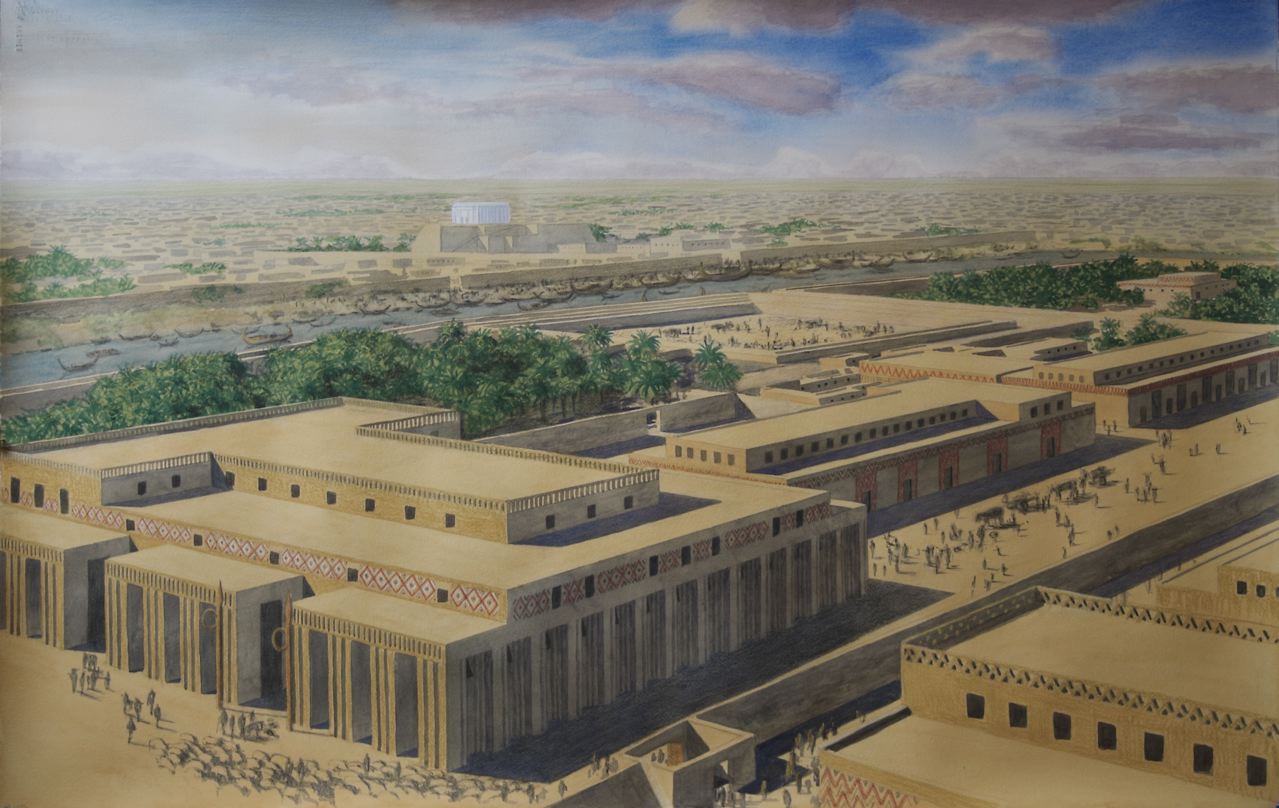
The annals of world history are filled with intriguing, although often outlandish stories of lost cities and kingdoms, and in addition to Atlantis, there are also Hyperborea, Shambhala, and Aztlan, to name just a few. In his works Timaeus and Critias, Plato outlines the beginning of the story of Atlantis, but the Critias, where the longer and more detailed account takes place, was never finished and, therefore, has become the mysterious germ for millennia of thought. The Athenian philosopher Plato, famous for his dialogues in which the Socratic Method was invented, was the first writer to mention the mysterious continent of Atlantis.

The story of Atlantis has captured the minds and hearts of historians, scientists, artists, and writers for millennia, and yet, it never ceases to amaze people when told that the only literary evidence that exists comes from a single 4th century BCEE author. Story by Pola Lem.*Includes a bibliography for further reading Geological Survey, and SAR imagery courtesy of NASA JPL. NASA Earth Observatory images and illustration by Joshua Stevens, using Landsat data from the U.S. Read more about the search for Ubar and about the development of remote sensing tools in Peering through the Sands of Time. The shuttle radar imagers allowed researchers to see ancient trade routes and other interesting features buried within the Rub’ al-Khali, or “Empty Quarter.” In ancient times, some of this land may have been green and vegetated, resembling a savanna. Unlike optical instruments, which can only see the surface, radar can penetrate some materials such as sand. The smoothness, roughness, and density of a surface all affect what the instrument can “see” in the return signal. Radar imagers send out pulses of radio waves and collect the return signals (like echoes) after the waves bounce off of surfaces on the land and sea. So they asked NASA to collect some images of the Arabian Peninsula in areas cited by historical texts. They had read about how Jet Propulsion Laboratory scientists had discovered unprecedented underground details beneath the Selima sand sheet, a vast expanse of desert in Egypt. The city disappeared into the desert sands about 1500 years ago.Īn unlikely band of archaeology aficionados came to NASA in the 1980s and asked for help in finding the lost city. But according to legends, the people of the city behaved wickedly, provoking divine punishment. For several hundred years, Ubar grew wealthy as an outpost along frankincense trade routes. Such images once aided early pioneers of space archaeology as they searched for the lost oasis city of Ubar. Note how the radar image highlights features that do not necessarily stand out in color imagery. The second image was acquired by the Thematic Mapper on the Landsat 5 satellite. The top image comes from the Shuttle Imaging Radar-C (SIR-C) instrument that was flown on the space shuttle.

The pair of images above show a desert region of Oman as it appeared from space in 1994. For many modern archaeologists, remote sensing tools have become as valuable as carbon dating.

They can even search next to existing archaeological sites for evidence of other hidden structures. As satellite imaging-natural-color, false-color, and radar-evolved and became more accessible, a scientific community that had once measured the rise and fall of civilizations based on a few archaeological dig sites was suddenly turning up features hundreds or thousands of kilometers long.īy looking down from above, archaeologists can survey thousands of kilometers of a landscape from home and they can start to investigate potential dig sites without actually digging. They worked from historical accounts and biblical texts and a lot of educated guesswork.īut all of that changed in the late 20th century when some of them began using a new tool: remote sensing.

Today’s story is drawn from our newest feature article: Peering through the Sands of Time: Searching for the Origins of Space Archaeology.įor centuries, if archaeologists wanted to find an ancient or mythical site, they trudged through desert sands or rainforest thickets armed with little more than rumors and hand-drawn maps.


 0 kommentar(er)
0 kommentar(er)
